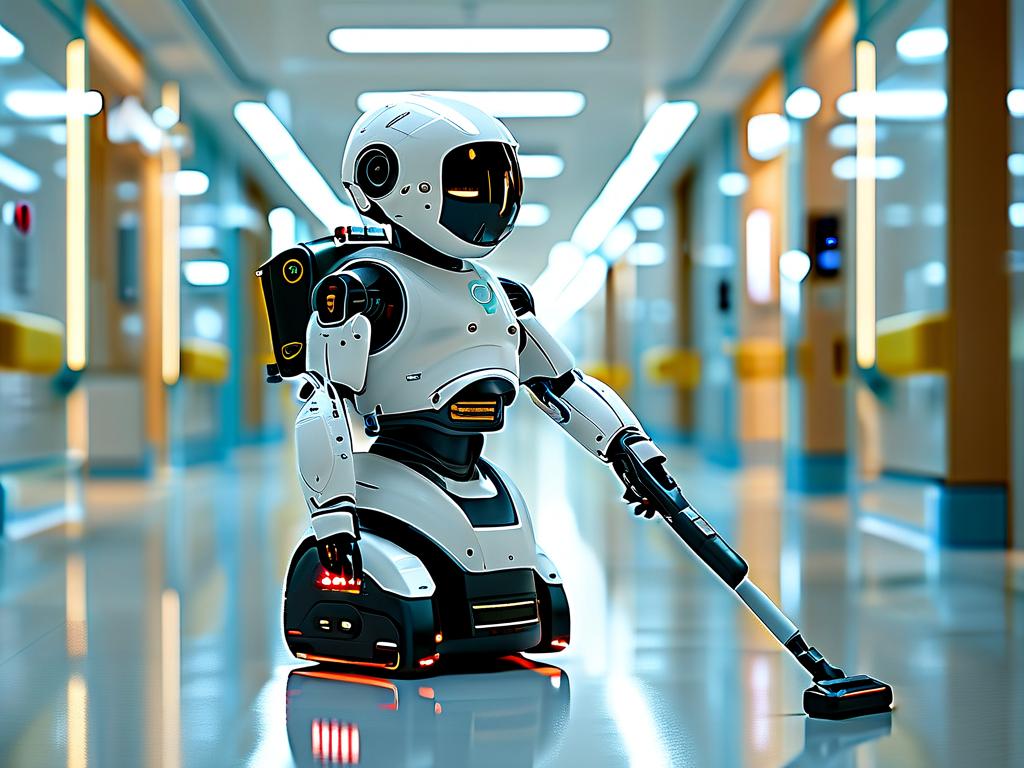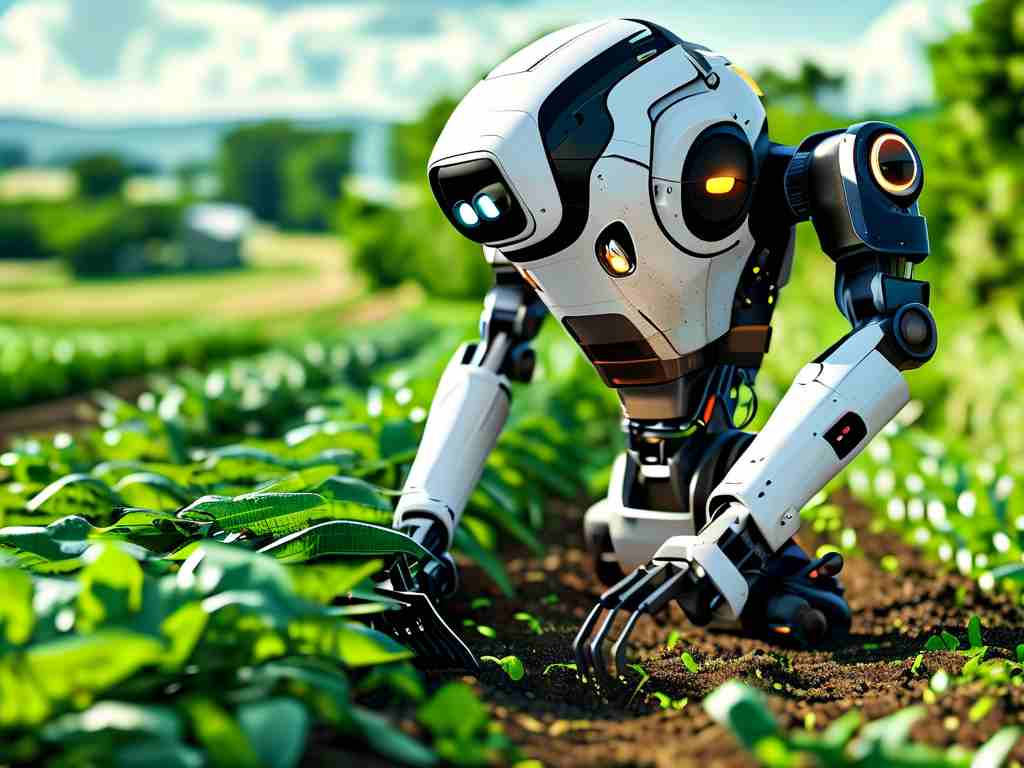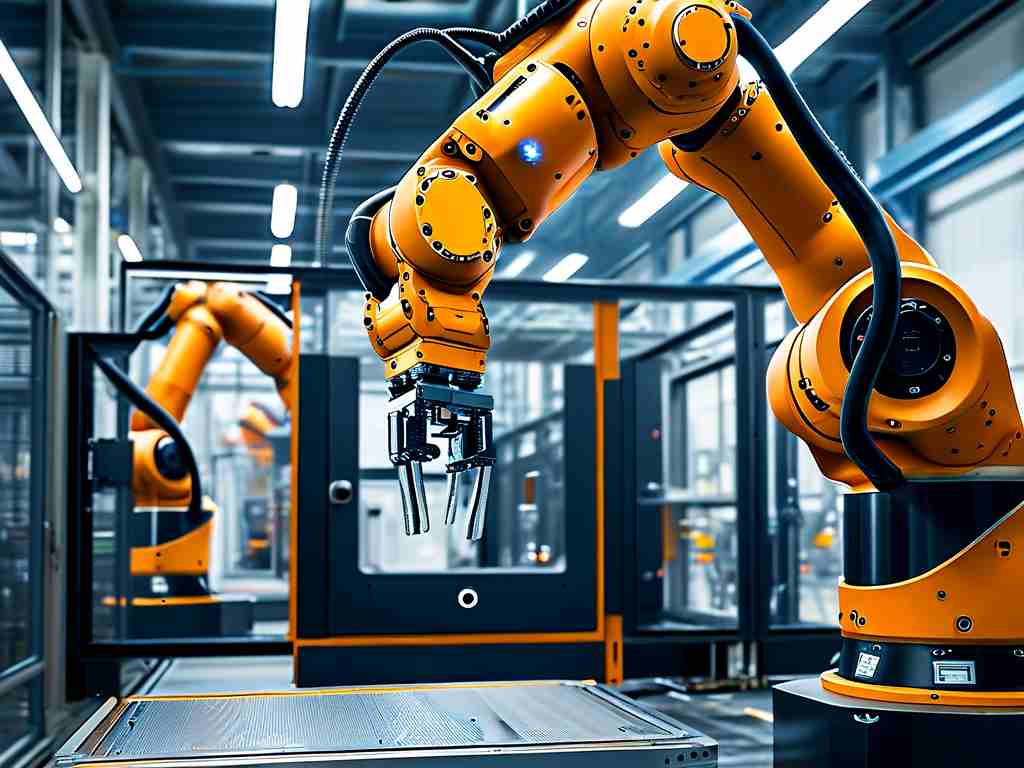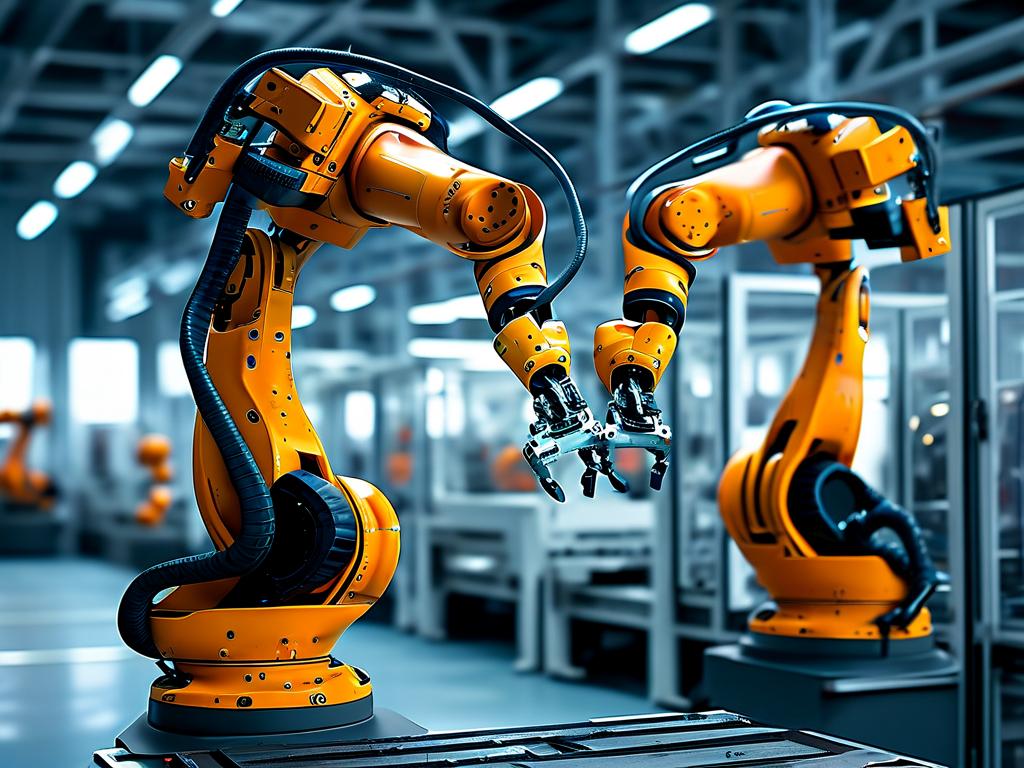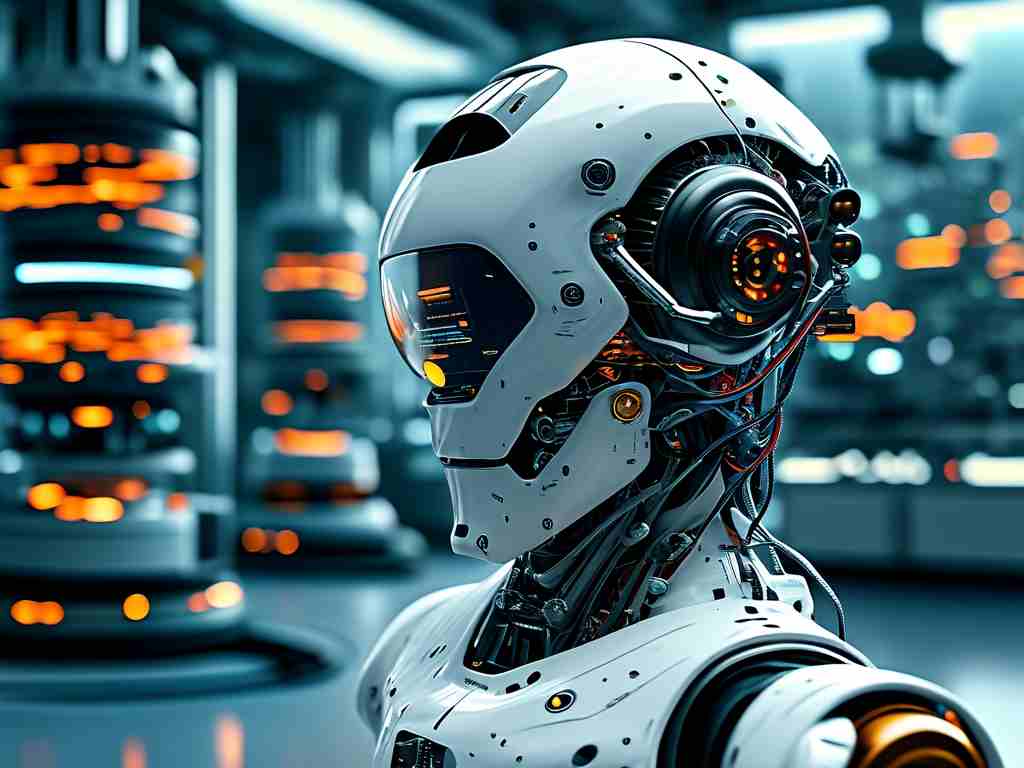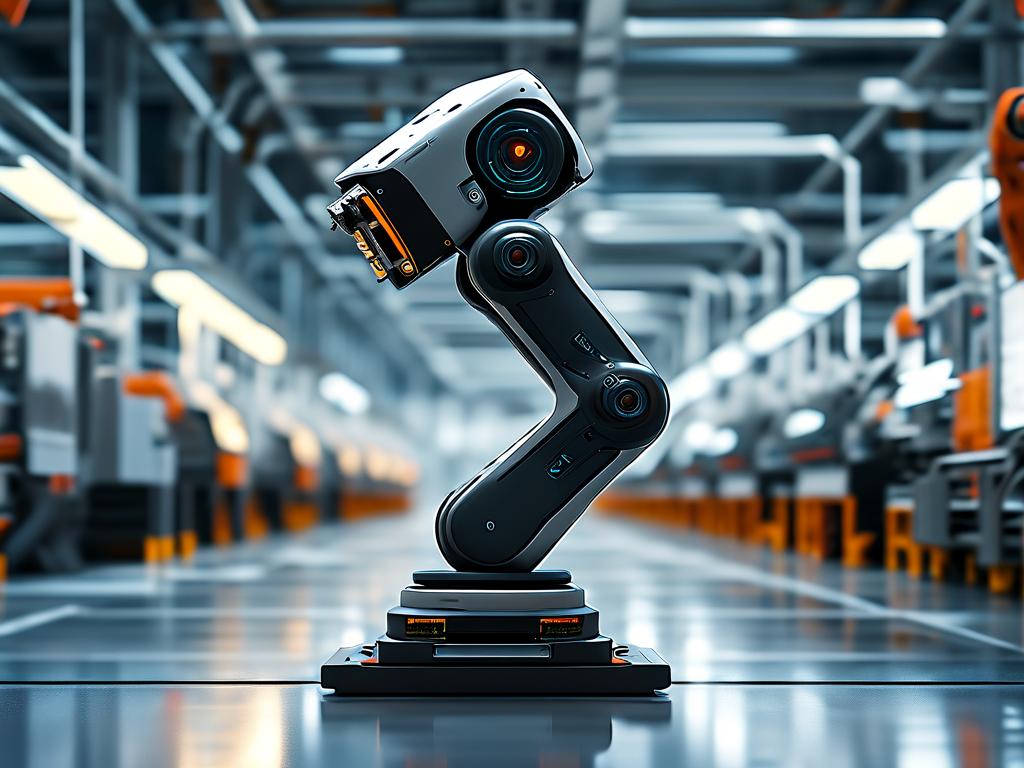The evolution of robotic bipedal locomotion has redefined the boundaries of autonomous systems, blending biomechanics with cutting-edge engineering. Unlike wheeled or quadruped robots, humanoid machines require sophisticated balance control and adaptive movement strategies to navigate real-world environments. This article explores the core principles, technical challenges, and emerging applications driving this transformative field.
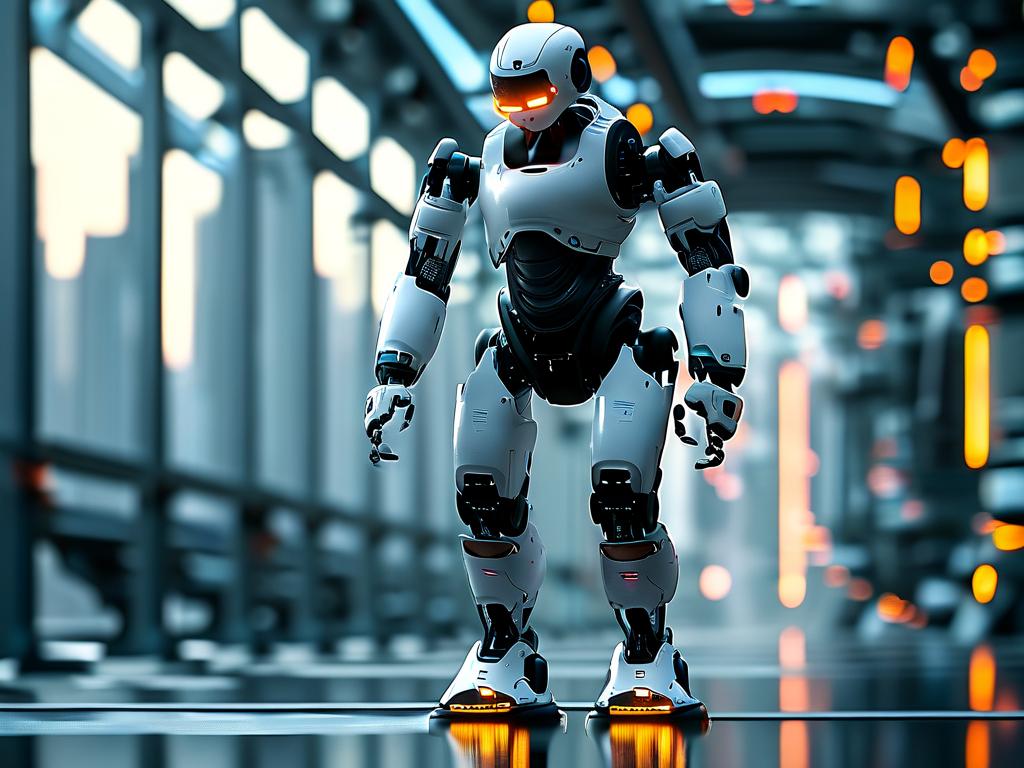
Biomechanical Foundations
At the heart of bipedal robotics lies the imitation of human gait patterns. Engineers analyze skeletal structures, muscle synergies, and neural control mechanisms to replicate natural walking motions. The "zero moment point" (ZMP) theory remains a cornerstone, guiding algorithms to maintain stability by ensuring ground reaction forces align with the robot's center of mass. Modern implementations combine ZMP with predictive control models, enabling dynamic adjustments during single-leg support phases.
Sensor Fusion and Real-Time Adaptation
Successful bipedal movement demands millisecond-level responsiveness. Inertial measurement units (IMUs), force-sensitive resistors, and joint encoders form a sensory network feeding data to central processors. For instance, the HRP-4C robot employs 42 actuators paired with torque sensors that detect surface irregularities, triggering posture corrections within 5 ms. Such systems enable stair climbing, slope navigation, and recovery from unexpected pushes – critical capabilities for disaster response scenarios.
Energy Efficiency Challenges
Humanoid robots consume disproportionate power compared to biological counterparts. MIT's "HERMES" prototype addresses this through hybrid hydraulic-electric actuators, reducing energy use by 40% while maintaining 30 kg payload capacity. Another breakthrough involves passive dynamic walkers – mechanical designs that exploit pendulum-like motions for gravity-assisted strides, exemplified by Cornell University's "Ranger" robot walking 65 km on a single battery charge.
Machine Learning Integration
Deep reinforcement learning has revolutionized gait optimization. Boston Dynamics' Atlas robot demonstrates this through parkour maneuvers trained in simulation environments. Neural networks process terrain data to generate context-aware step sequences, while generative adversarial networks (GANs) create synthetic training scenarios for rare edge cases. A 2023 study showed ML-enhanced controllers reduced fall rates by 78% in unstructured outdoor environments.
Material Science Innovations
Advanced composites are reshaping robotic skeletons. Carbon-fiber-reinforced polymers with shape-memory alloys allow variable joint stiffness, mimicking human tendons' adaptive tension. The Waseda University TWENDY-ONE robot utilizes such materials in its ankles, achieving 15-degree surface tilt compensation without external stabilizers.
Commercial and Industrial Applications
Beyond research labs, bipedal robots are entering practical domains:
- Construction sites: Hitachi's "EMIEW3" inspects buildings using laser scanners while climbing temporary stairs
- Healthcare: Toyota's "HSR" assists bedridden patients with 0.1 mm positioning accuracy
- Space exploration: NASA's "Valkyrie" demonstrates rock sampling on simulated Martian terrain
Ethical and Regulatory Considerations
As these technologies approach public deployment, safety protocols gain urgency. The IEEE Standards Association recently published P1872.2-2023, establishing fall prevention thresholds and emergency shutdown triggers. Simultaneously, debates intensify about human-robot coexistence – particularly regarding job displacement in logistics and manufacturing sectors.
Future Trajectories
Next-generation systems aim to surpass biological limitations. DARPA's "K5" project explores endurance enhancement through microbial fuel cells, potentially enabling week-long autonomous operations. Meanwhile, neuromorphic computing chips like Intel's Loihi 2 promise to reduce control latency to 200 nanoseconds, enabling instinctive reactions comparable to human reflexes.
The convergence of these advancements positions bipedal robotics at an inflection point. While technical hurdles persist – particularly in cost reduction and public acceptance – the technology's potential to revolutionize industries from elder care to planetary exploration remains unparalleled. As laboratories worldwide race to perfect these mechanical marvels, one truth becomes evident: the age of humanoid robots walking among us is no longer science fiction, but an impending reality demanding thoughtful preparation.




